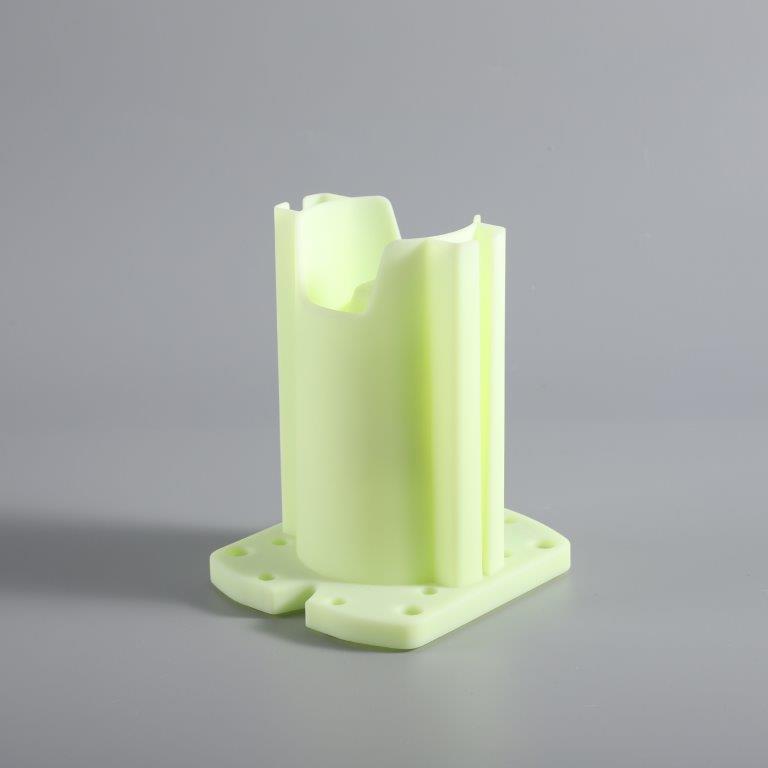Domestic demand for instrumentation changes
Research shows that environmental monitoring instruments will develop in the direction of high-tech combined with physics, chemistry, electronics, optoelectronics, and biology; and will develop in the direction of high quality, versatility, automation, integration, systematization, and intelligence.
At the same time, the user's application requirements for instrumentation have gradually expanded, shifting from single-field or specific-level requirements to increasingly widespread and widespread demand development. Taking gas detection instruments as an example, with the promotion of the market and policies, the improvement of relevant laws of the country, and the improvement of people's safety awareness, the scope of industrial applications for gas detection instruments is increasing and continues to expand, such as gas and petrochemicals. , metallurgy, coal, environmental protection, aviation, military, anti-terrorism, indoor air quality testing, road traffic safety testing, gas leaks and CO detection.
Today, the instrumentation industry has two distinct features, namely system integration and integration, providing industry solutions. Experts pointed out that the domestic instrumentation industry must first develop the manufacturing service industry to realize the transformation of products from solutions. For example, the overall boiler combustion solution should be based on the premise of safety protection, high-efficiency control as the main line, energy-saving and emission-reduction purposes, and green development, including various on-site inspection instruments, DCS control systems, safety combustion monitoring systems, and smoke gas detection. Monitoring system, ignition system, vibration system and equipment management system.
Secondly, it fully grasped the opportunities in the combat-ready emerging industries, and focused on upgrading the R&D and application of emerging sensors such as wireless autonomous network technologies and MEMS. Taking the Internet of Things as an example, the Internet of Things has become a strategic emerging industry. In 2015, the market size will reach 750 billion yuan. The entire industrial chain has a huge demand for sensors for its core components. According to CCID's forecast, the sensor market size in 2015 will reach RMB350 billion. In 2010, the market for sensor sales will reach 90.5 billion yuan.
Again, vigorously develop equipment automation and upgrade the overall level of equipment manufacturing. Instruments and meters are the key to improving the level of equipment manufacturing, and they are coordinated with the equipment manufacturing industry. Domestic instrument companies must closely focus on auto equipment, new energy equipment, energy-saving and environmental protection equipment, and other development equipment automation.
The low-carbon economy, emerging industry's policy stimulus in the country and the huge market have become the hot spots for current capital flows, and have a close relationship with the instrumentation industry. The "three highs and three lows" of instrumentation, ie the characteristics and advantages of high technology, high input, high output, low energy consumption, low material consumption, and low pollution, will drive up the demand for instrumentation under the development of low carbon economy and emerging industries.
Plastic 3D Printing is one of the fastest and most cost-effective methods available for the iterative design, prototyping, and production of custom parts. Rather than the material being removed from stock, as historically done with subtractive manufacturing processes such as CNC Machining, 3D printing works by repeatedly layering small amounts of plastic to build a design from the ground up.
First, when choosing to use plastic to 3D print your project, you will quickly notice that you have the choice among various plastic materials with different properties.
Pros
Affordable to the average person
Fast prototyping
Creates sturdy and lightweight parts
Reduced waste compared to Injection Molding
Ability to print on demand
Fast production for small parts runs
Unlimited designs can be made
Excellent for creating custom products
Easy to access for small businesses and individuals
Not limited to plastics, metals are also used
Machines available on levels from hobby to industrial
Promotes creativity and learning in children
3D Printing Applications for Plastics
Prototyping
Solutions that streamline workflow to accelerate digital design, create appearance models and build functional prototypes.
Production
Additive manufacturing at scale for plastic parts is now a reality, with the productivity, durability, repeatability, and lower total cost of operation manufacturers require.
Investment Casting
Accelerate the delivery of high-quality metal products and casting patterns with 3D printed wax and SLA casting patterns.
Jigs and Fixtures
Produce accurate jigs and fixtures with 3D printing to provide a fast and cost-effective way to advance your manufacturing process.

Plastic 3D Printing,Versatile Plastic 3D Printing,Plastic 3D Printing Service,Professional Plastic 3D Printing
Suzhou FCE precision electronics Co., LTD , https://www.fcesz.com
